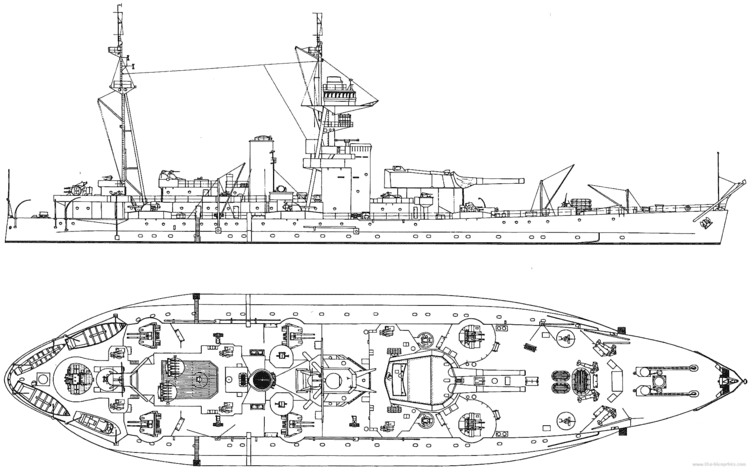Name HMS Roberts Commissioned 27 October 1941 Construction started 30 April 1940 Length 114 m Builder John Brown & Company | Laid down 30 April 1940 Launched 1 February 1941 Draft 3.4 m | |
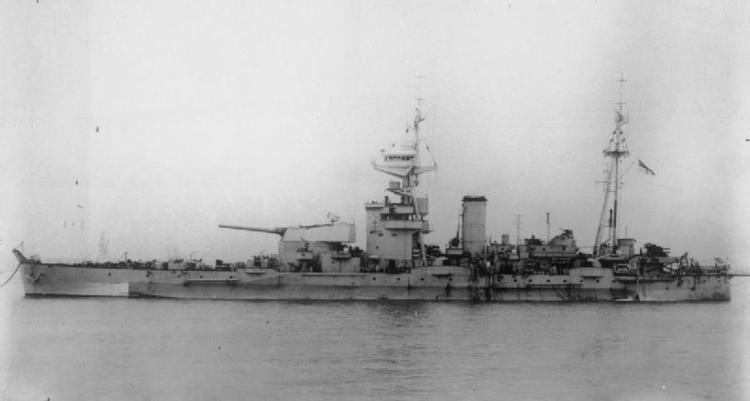 | ||
Fate Sold June 1965 and scrapped Displacement 7,970 long tons (8,100 t) | ||
HMS Roberts was a Royal Navy Roberts-class monitor of the Second World War. She was the second monitor to be named after Field Marshal Frederick Roberts, 1st Earl Roberts.
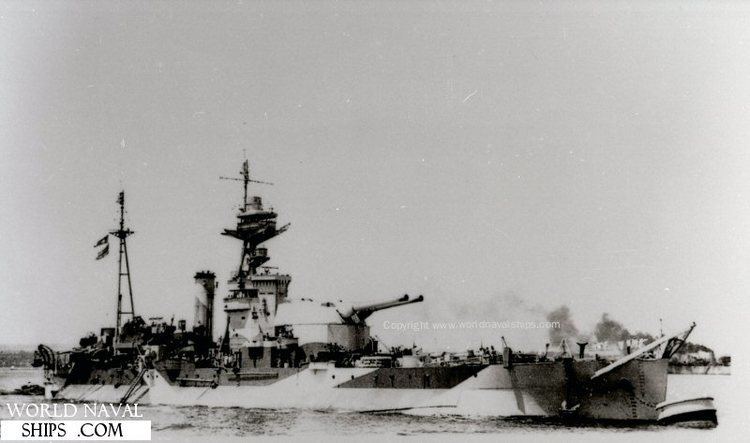
Built by John Brown & Company, of Clydebank, she was laid down 30 April 1940, launched 1 April 1941 and completed on 27 October 1941. She reused the twin 15-inch gun turret of the First World War monitor Marshal Soult.
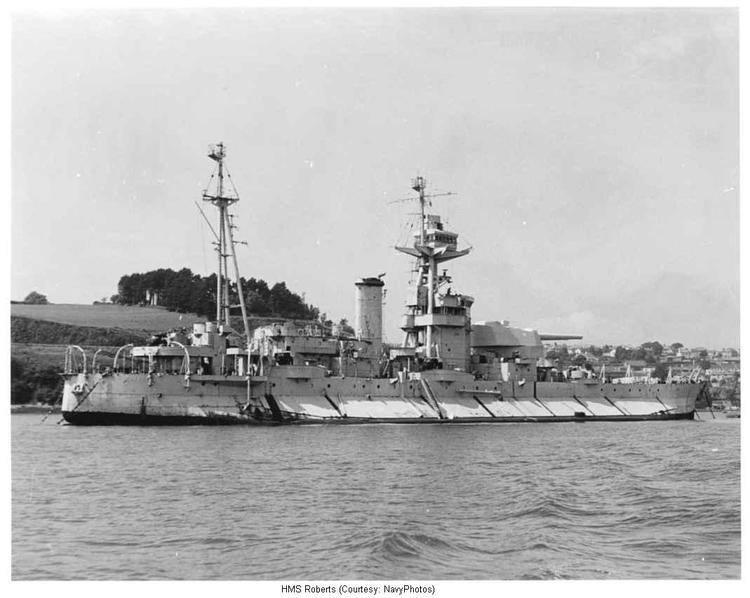
Service history
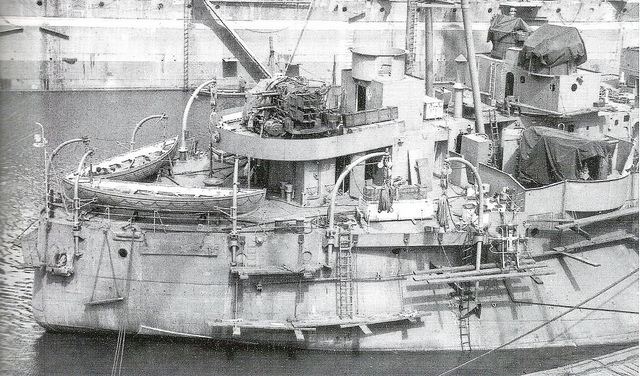
Roberts provided bombardment support during Operation Torch in North Africa, where she was damaged by two 500 kg (1,100 lb) bombs in the Battle of Béjaïa. She was repaired in time to support Operation Husky (the invasion of Sicily) and the Allied landings near Salerno (Operation Avalanche). During the D-Day landings, she was controlled from the headquarters ship HMS Largs also positioned off Sword beach. She also took part in the Walcheren operations.
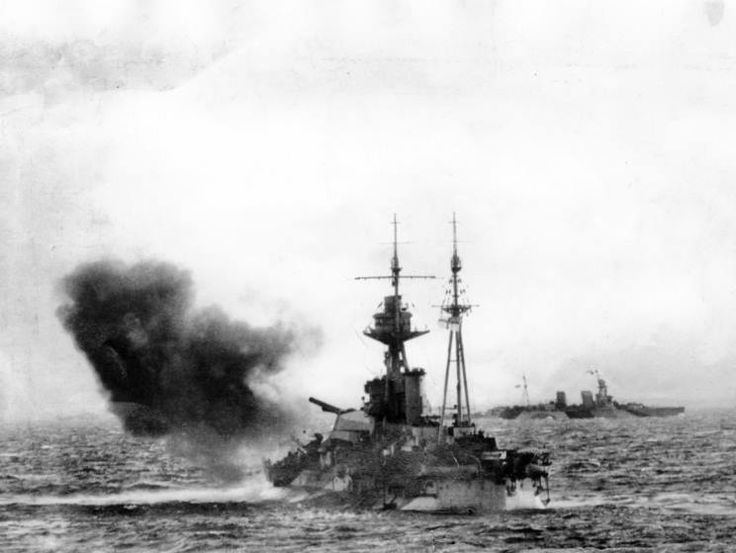
In July 1945 Roberts departed the United Kingdom for the Indian Ocean to support Operation Mailfist, the planned liberation of Singapore. She was near Port Said at the time the Japanese surrender on 15 August, but was not recalled until 11 September by which time she had reached Kilindini Harbour in Kenya. She eventually reached Plymouth on 22 November.
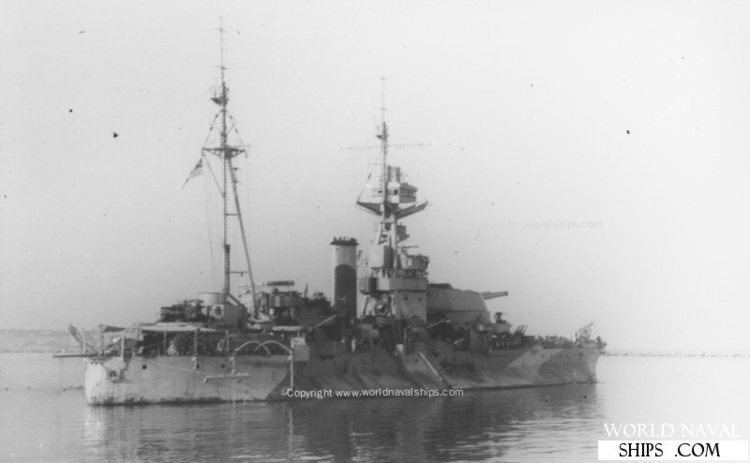
Roberts was sold for scrap shortly after the war, but hired back by the navy as an accommodation ship at Devonport until 1965. She was finally broken up at Inverkeithing in July 1965.
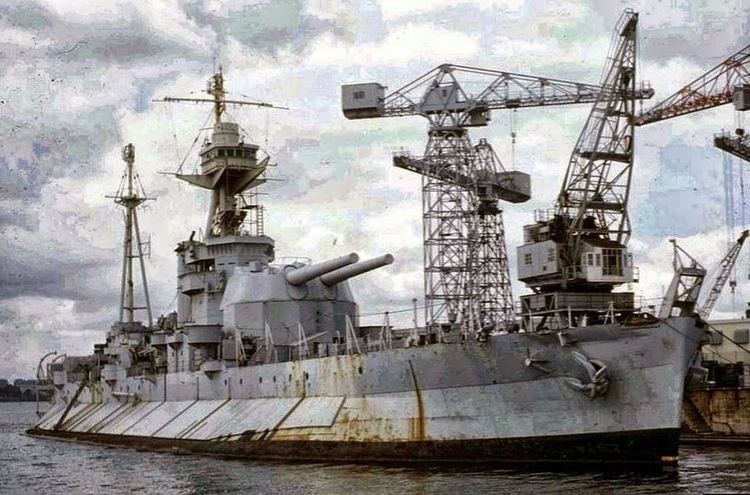
One of Roberts' guns (originally in the battleship Resolution) is mounted outside the Imperial War Museum in Lambeth, south London, together with one from the battleship Ramillies.
